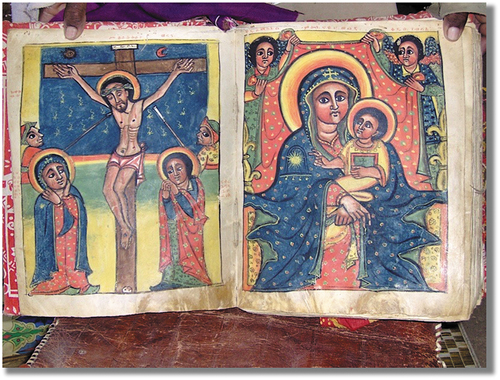Figures & data
Figure 1. An illuminated manuscript depicting Mother Mary from the Ge’ez manuscript collection at the Monastery of Debra Laganos in Axum, Ethiopia.Footnote1
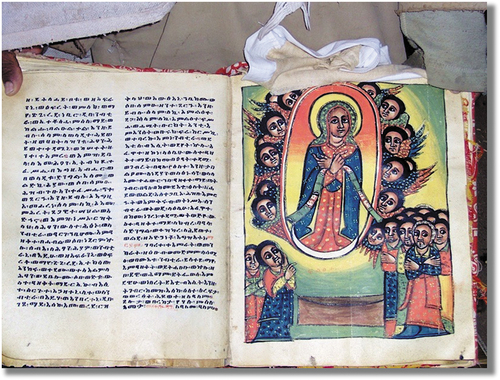
Figure 2. Folk Art of the Beta Israel (Jewish Ethiopians) depicting Queen Makeda and King Solomon lying together…

Figure 3. The Chapel of the Ark of the Covenant, where the Ten Commandments are believed to rest today in Axum.
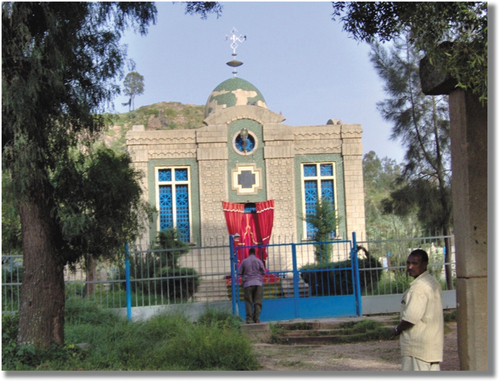
Figure 4. According to local tradition, Our Lady of Czestochowa, Poland, was painted by Luke the Evangelist & today is the most famous of the Black Madonnas in Europe (l.). The Monastery’s Gateway illustrates that theses representations are intentional (r.). Shrines dedicated to the Black Madonna would acquire layered symbolism over the course of centuries, with a resurgence of the icons occurring in Europe during the Crusades of the 12th century. Today, several of her sanctuaries remain active.
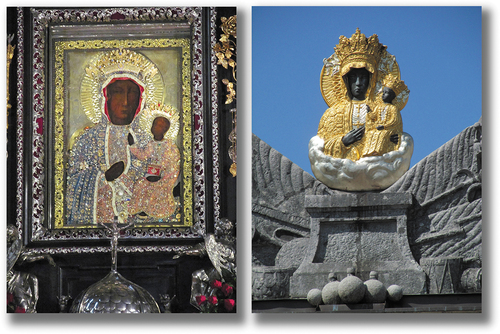
Figure 5. The ‘Queen of Yeha,’ from the archeological site of Hawelti, is the largest and best preserved of the statues found at Yeha dating to c. 500 bce. The identity of the statue remains a mystery, yet her stature conveys a distinctly regal, if not divine poise. (The National Museum of Ethiopia).

Figure 6. The Almouqa Temple of the Moon, c. 800 bce in Yeha, Ethiopia. The temple site is the primary location where the artifacts of a ‘Sabean pre-Axumite’ Civilization have been discovered.

Figure 7. The smaller of the female statues rests in the center of the case found at the National Museum, from the archeological site of ‘Addi Galamo c. 500 bce. The Sabean/ Ge’ez script carved below the feet of the statue reads, ‘For He [God] grants a child to Yamanat.’
![Figure 7. The smaller of the female statues rests in the center of the case found at the National Museum, from the archeological site of ‘Addi Galamo c. 500 bce. The Sabean/ Ge’ez script carved below the feet of the statue reads, ‘For He [God] grants a child to Yamanat.’](/cms/asset/9ba769d1-d581-4fd0-ad0e-513023d185ea/cafi_a_1995325_f0007_c.jpg)
Figure 8. Queen Mother Tiye of Khemet ca. 1390 bce. Queen Tiye would guide the rule of three pharaohs in matters of state and religion: Amenhotep III, Akhenaten and King Tut. (The Neues Museum in Berlin, Germany).
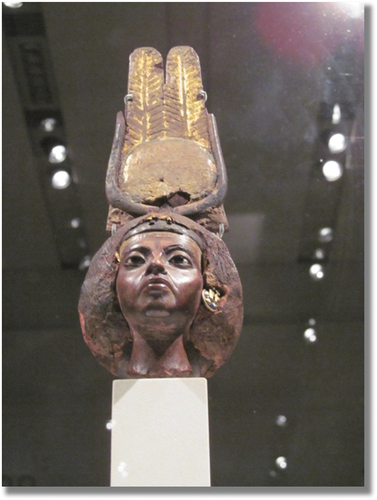
Figure 9. The Mortuary Temple of the Lady Pharaoh Hatshepsut ca. 1470 bce in Luxor, Egypt. Hatshepsut built this temple to replicate Punt, ‘The Land of God.’ The boarders of Punt rest in the region of Djibouti, Eritrea, Ethiopia, Somalia and Yemen.
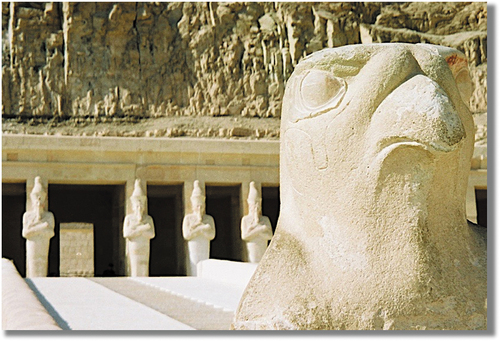
Figure 10. Relief from the Hatshepsut’s Mortuary Temple ca. 1470 bce depicting Queen Eti with King Perehu on the right. This is the only historical representation of the people and rulers of Punt. (Alamy stock photo #FFWGJX).
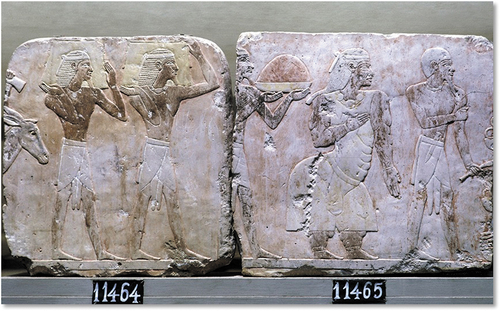
Figure 11. This small statue of Auset (Isis in Greek) shows her nurturing her baby son Heru (Horus). Heru would eventually become the savior figure in the legendary traditions of Ancient Egypt. The resemblance between the iconography of Khemet’s Auset and Heru when compared with the Christian World’s Mary and Christ is truly uncanny. (The Museum of Saqqara, Egypt; Williams, Citation2014).
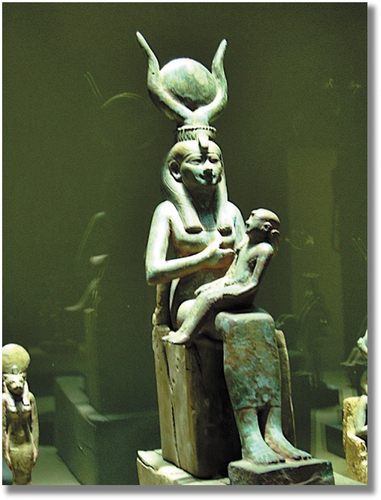
Figure 12. The ubiquitous image of Mother Mary nurturing baby Jesus found throughout Ethiopia & the Christian world. Though Ethiopian Orthodox tradition prohibits statues of Mary, it allows for vivid icons of the Madonna & Christ. These icons are thus part of a visual, verbal & literary tradition dating back to the Dawn of the Abrahamic Faiths, harkening back to the Dawn of human history & born in the heart of Africa. (The Monastery of Debra Laganos, Axum).
